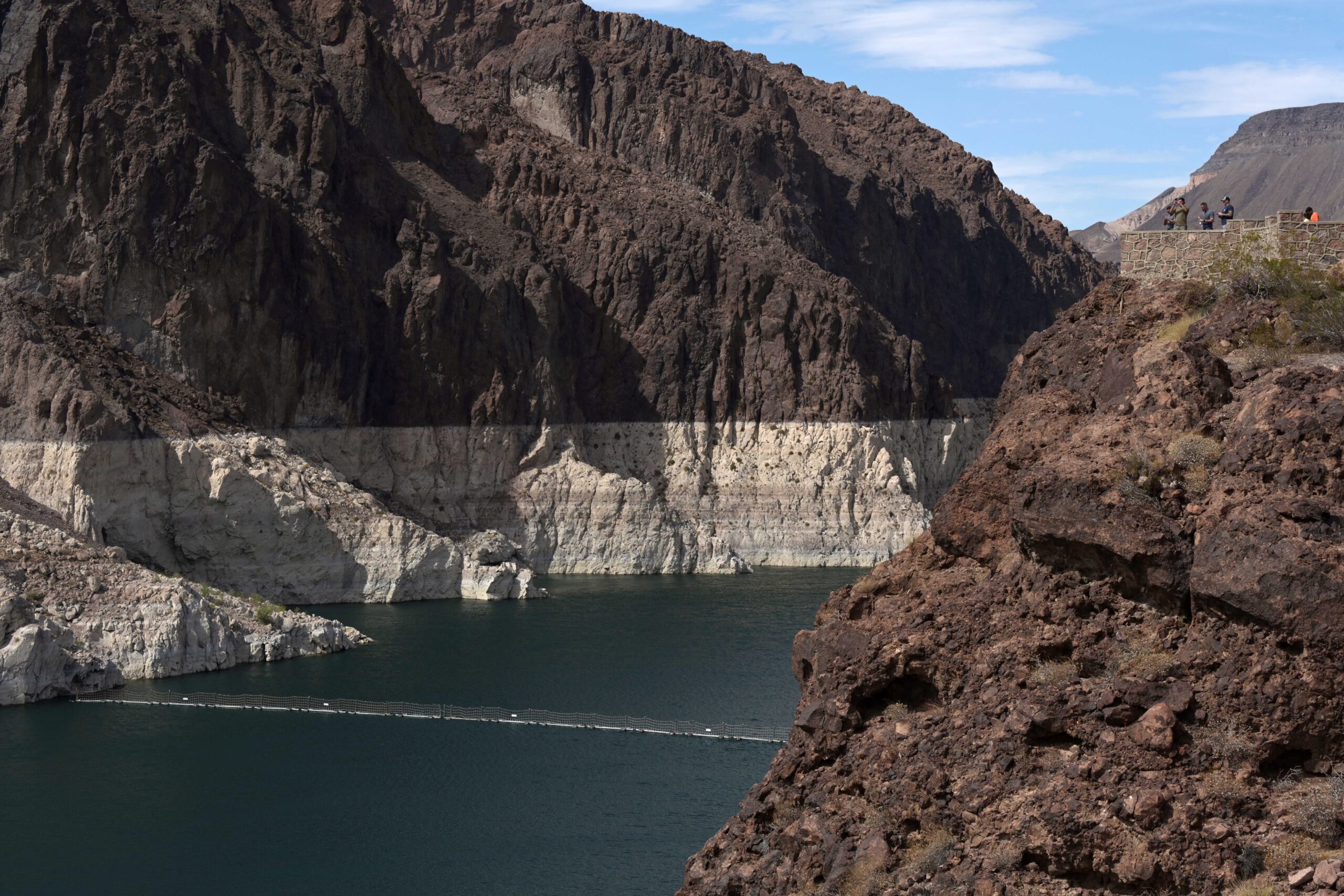
California’s Drought Concerns Amidst Recent Rainfall
While recent rainfall and flooding in California have brought temporary relief, experts warn that drought concerns may soon resurface as the region enters its dry season. Despite the heavy precipitation, this year’s storms may not be sufficient to alleviate the looming water crisis in the southwestern United States.
Reservoir Deficits and Water Shortages
Of particular concern are the critically low levels in the Colorado River basin’s massive reservoirs, Lakes Mead and Powell. Climatologist Russ Schumacher emphasizes that these reservoirs remain far below capacity due to prolonged warm and dry conditions exacerbated by climate change and high water demand.
Lakes Mead and Powell, which supply water to over 40 million Americans, are currently only about 35% full. Climatologist Brian Fuchs notes that while their levels have improved slightly from record lows, they still hold only half the water compared to the average over the past four decades.
Mountain Snowpack: A Critical Water Source
Mountain snowpack serves as a crucial water source for the Colorado River. Recent storms have boosted the Upper Colorado River basin’s snowpack to 94% of average. However, the Lower Colorado River basin’s snowpack remains alarmingly low, with many states declaring a "snow drought."
Schumacher points out that precipitation throughout the Southwest has been well below average this water year, with many areas experiencing near-record dryness since October.
Forecast and Outlook for Lake Powell
The Colorado River Basin Forecast Center projects only 70% of average spring and summer inflows into Lake Powell. Schumacher predicts that unless a significant shift brings heavy snowstorms, the Colorado River will likely experience another year of very low flows.
Climate Change and Water Management
Experts emphasize the role of climate change in exacerbating the drought crisis. Warmer temperatures lead to increased evaporation and reduced snowfall, further depleting water resources.
Effective water management is crucial for mitigating the impacts of both drought and flooding. Fuchs stresses that Mother Nature alone cannot solve the problem and that human actions, such as conservation and responsible water usage, are essential.
Conclusion
Recent rainfall in California has provided temporary relief, but the underlying threat of drought remains. Lakes Mead and Powell remain critically low, and the Colorado River basin’s snowpack is insufficient. Precipitation throughout the Southwest has been well below average, and climate change continues to exacerbate the situation.
Effective water management, conservation, and a shift in weather patterns are necessary to address the ongoing drought concerns and ensure the long-term sustainability of water resources in the southwestern United States.
